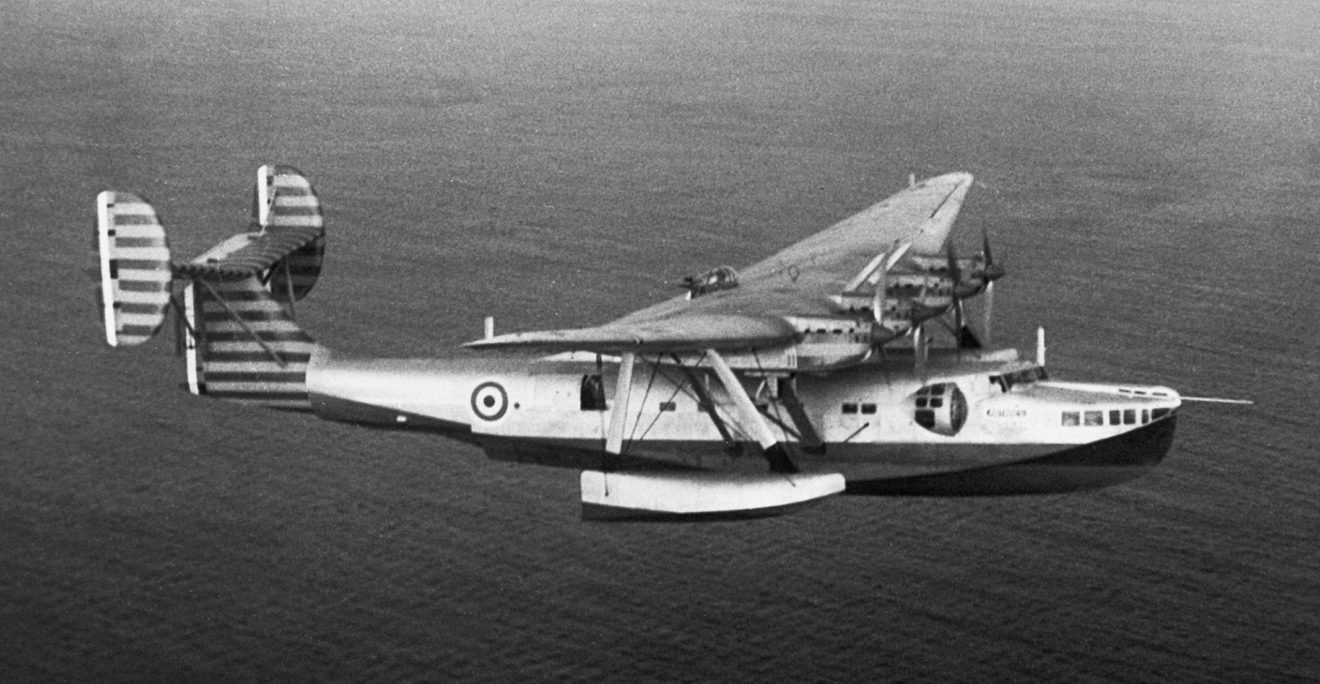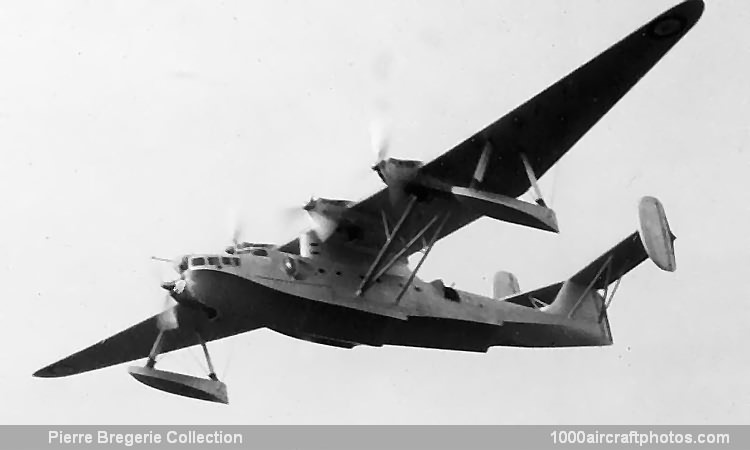- Yes, don’t care how
- Yes, as a researchable vehicle
- Yes, as a premium/event/squadron vehicle
- No
Welcome to another suggestion, this time we’ll be having a look at a French flying boat, the Potez-Cams 141 “Antarès”

The Potez-CAMS 141 was a response to a 1935 requirement of the French navy for a long-range naval patrol aircraft. Potez, after having taken over Chantiers Aero-Maritimes de la Seine (CAMS) in 1933 found itself in a good place to try and get the contract. CAMS after all had been a firm specializing in the building of hydroplanes. This contract was the perfect opportunity to apply the newly acquired knowledge and try to make a profit from it. The design was drawn up in 1936 by Maurice Hurel and his team in Sartrouville. Assembly of the first prototype, named “Antarès”, started one year later in 1937 and the plane would eventually have its maiden flight in January of 1938. Interestingly enough this plane was the first hydroplane that was made by Potez and at the same time the last military aircraft that CAMS would make. The plane was thereafter flown to Saint-Raphaël where it received its defensive armament of 5x 7.5mm machine guns in several locations. In June of 1939, it was handed over to the French navy where it officially entered service in September of the same year. It would fly its first patrol mission on September 20th. The plane performed admirably and sizeable orders soon followed, however, the outbreak of, and developments in ww2 made these orders scale down considerably. Command realized that long-range flying boats had a very low loss rate and therefore a smaller order would suffice. Production was started but by the fall of France in 1940 no production model was finished and the Antarès forever remained the only one of its kind. Antarès became the property of the Vichy government which painted it in their colours and sent it off to Dakar to become part of squadron E4. From here it flew several patrol missions over the Atlantic, but no noteworthy events occurred in that time. After the Allies landed in North Africa and the Vichy French troops joined them and the Free French, the plane once again switched sides in the war. The plane would continue to fly patrols from Dakar, where, on 2 June 1943 it would manage to sink the German U-105 submarine. Allegedly it is the only French-built aircraft to sink a German submarine in world war 2, though some reports mention a second sinking in the opening stages of the war by a different type of aircraft. The plane was eventually retired in early 1944, after 1800 flight hours, due to a lack of spare parts, much to the disappointment of its crew.

The aircraft was made entirely out of metal, featuring a wing mounted on top of a funnel-like structure. The large wing had 4 Hispano-Suiza 12 Y 26/27 engines mounted to its leading edge. Each of these engines provided about 850 horsepower, coming to a total power output of 3400hp. These engines could push the aircraft up to a top speed of 320km/h, which, combined with the large fuel load, allowed the aircraft to fly continuously for as much as 20 hours. The long wing was held up by struts coming out the side of the hull, more struts were used to keep the additional pontoons under the wings in place. The characteristic high horizontal tail was designed to allow as much visibility towards the rear as possible for the gunners and other crew. This crew consisted of up to 12 men, with a pilot, a navigator, 5 gunners, and various other personnel. Defensive armament seems to have been changed somewhere along the lifespan of this aircraft as in early photos the aircraft lacks the defensive turret on top of the wing that can be found in other images. These changes likely happened at the same time as the modifications to the nose of the airplane. The aircraft’s final defensive suite consisted of 5 weapon stations. 2 7.5mm machine guns were mounted in the forward barbettes, and another 2 fired from sliding doors further back on the side of the aircraft. The final gunner was situated in a turret on top of the main wing, this turret was armed with another 2 7.5mm machine guns. Supposedly the aircraft possessed a rather respectable bomb load of up to 900kgs, although with the sources I have available right now I can’t confirm what that load consisted of.

General Characteristics:
Crew: 9–12
Length: 24.31 m
Wingspan: 41.01 m
Height: 7.85 m (25 ft 9 in)
Empty weight: 15,031 kg
Gross weight: 23,148 kg
Max takeoff weight: 26,055 kg
Powerplant: 2 × Hispano-Suiza 12Y-26/27 liquid-cooled V-12 piston engines, 850 hp each
Maximum speed: 320 km/h
Service ceiling: 5,600 m (18,400 ft)
Armament:
Defensive armament:
- 2x 7.5mm Darne machine guns in forward barbettes
- 2x 7.5mm Darne machine guns in side (shooting out sliding doors)
- 1x 2 7.5mm in turret mounted on main wing
Suspended armament:
- 4x 75kg bombs
- 4x 225kg bombs
- Depth charges
Function in-game:
The Antarès is a beautiful example of a modern ww2 era French flying boat. It possessed a respectable defensive armament and could carry a nice amount of suspended weaponry. This aircraft could be introduced in the bomber line, similar to how the Catalina is added for the US tree. Alternatively it could be added in a naval line, where its purpose as a maritime patrol aircraft would be emphasized. The aircraft could also be incredibly useful in the case of an eventual addition of the French navy, as it could play a vital role in anti-shipping operations in naval battles. France has a rich history of building and using flying boats, and I think this plane could be one of the ones to fill that gap in the French tech tree.
Sources & Images
L'Aérophile | 1938-03-01 | Gallica
Potez (CAMS) 141 - flying boat
http://all-aero.com/index.php/contactus/8074-potez-cams-141
https://www.aviafrance.com/potez-c-a-m-s-141-aviation-france-8074.htm
https://www.hydroretro.net/etudegh/potez.pdf
Potez and Potez-CAMS flying boats and seaplanes | Secret Projects Forum